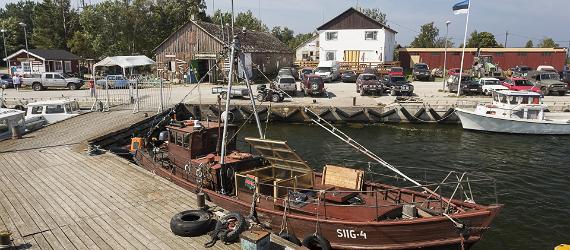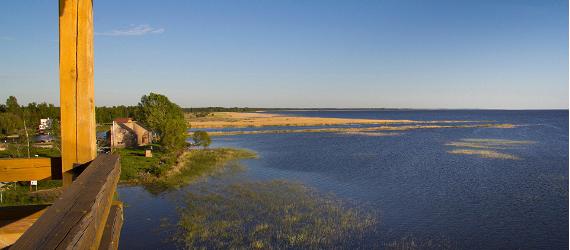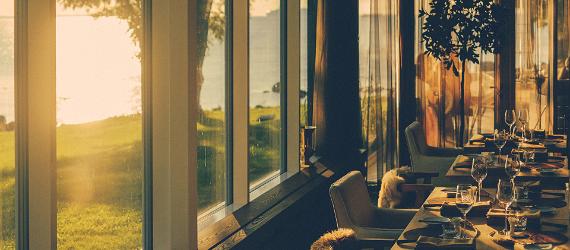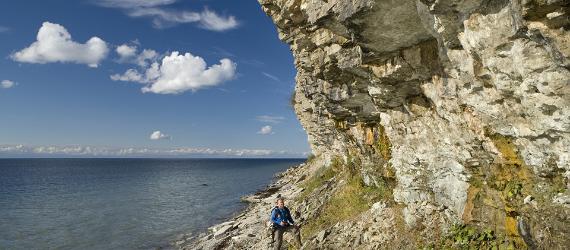Estonia is surrounded by nearly 3,800 km of coastline and just under 700 km of land border. While the country's identity is continental at large, Estonian culture is divided between the coast and the inland, both equally crucial to the story of how Estonia came to be.
The calm and grey Baltic Sea has been the source of life for coastal folk for centuries. Fishing and seal hunting have been the main source of income for the islanders living on the larger and smaller islands scattered along the coast. Back in the dawn of the Middle Ages, Estonia was home to some of the most notorious seafarers roaming the nearby seas. Later, several Estonian towns, including the capital Tallinn, became prosperous medieval gems still admired today, thanks to the Hanseatic trade route supplying Flanders and England with Estonian timber, furs, resin, flax, honey, wheat, and rye.
The Baltic Sea connects to the Atlantic Ocean by the narrow Straits of Denmark, and thus Estonia does not have significant tides, and the sea water is low in salinity. Due to its favorable geographic location at the intersection of shipping routes between Russia, Scandinavia, and continental Europe, Estonia has historically been a sought-after spot for conquerors. Traces of military activity can be explored even today as many shipwrecks are accessible to divers.
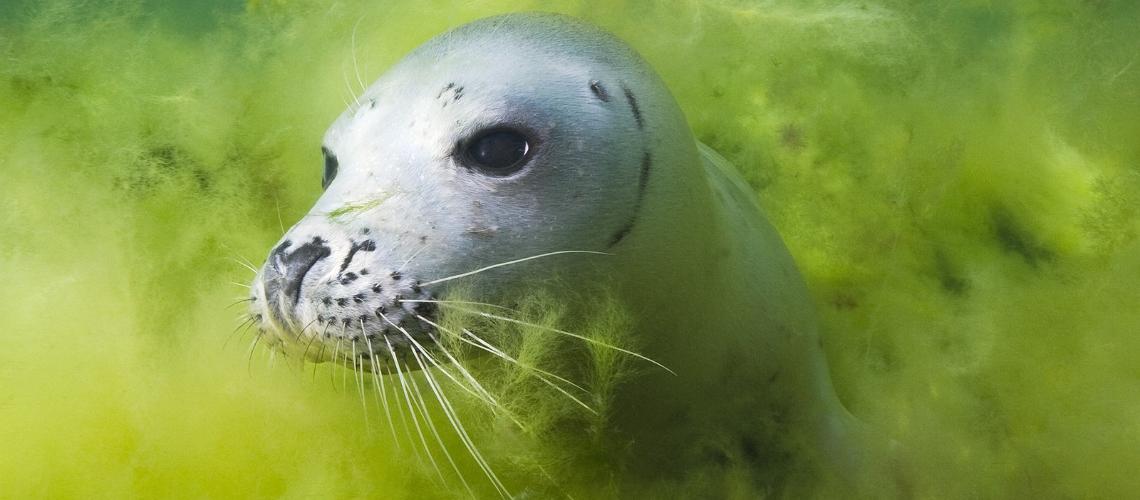
Diving with grey seals
Explore the Estonian coast with a furry diving partner.
Photo by: Kaido Haagen
Estonia's curvy and variegated coastline is not densely inhabited — there are sandy beaches, stony outcrops, cliffs, reed beds, and muddy areas where you'll find a range of bird species, some rarer than others. Only about ten islands are permanently settled, while the rest belong to the large flocks of birds that stop here every spring. Saaremaa, Hiiumaa, and Vormsi can be visited year-round by ferry, while in the cold of winter you can cross the sea via some of the longest ice roads in Europe.
Historical ships
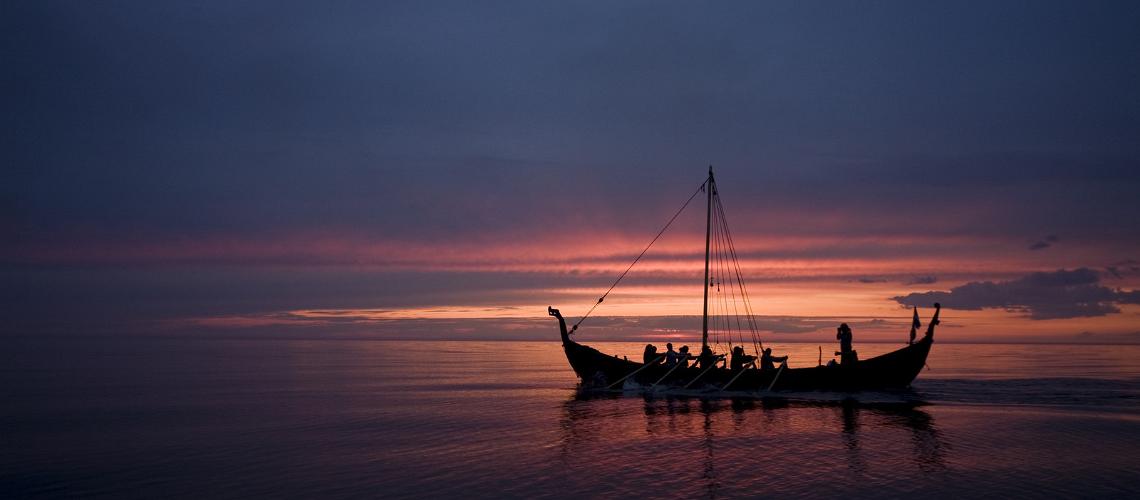
Sunset cruise on a historical ship
Maritime-themed events are held every year and those interested can take trips on wooden boats.
Photo by: Kaarel Mikkin
The long coastline and wealth of pine trees suitable for ship construction contributed to the fact that Estonians have been known as brave sailors and renowned shipbuilders for centuries. Construction of sailing boats from timber took off in the late 19th century. Historically, the best-known site for such construction is the village of Käsmu, where at one time there was a captain in virtually every family. Some of the oldest ships still sailing today are Viking vessels Aimar and Turm.
In the summer season, you can hop aboard a historical sailboat and enjoy a dinner with views of Tallinn's cityscape. Visitors can explore Estonia from the sea aboard historical ships during Tallinn Maritime Days and Kuressaare Maritime Festival.
Find out how to get here, and book your accommodation and nature activities today.















